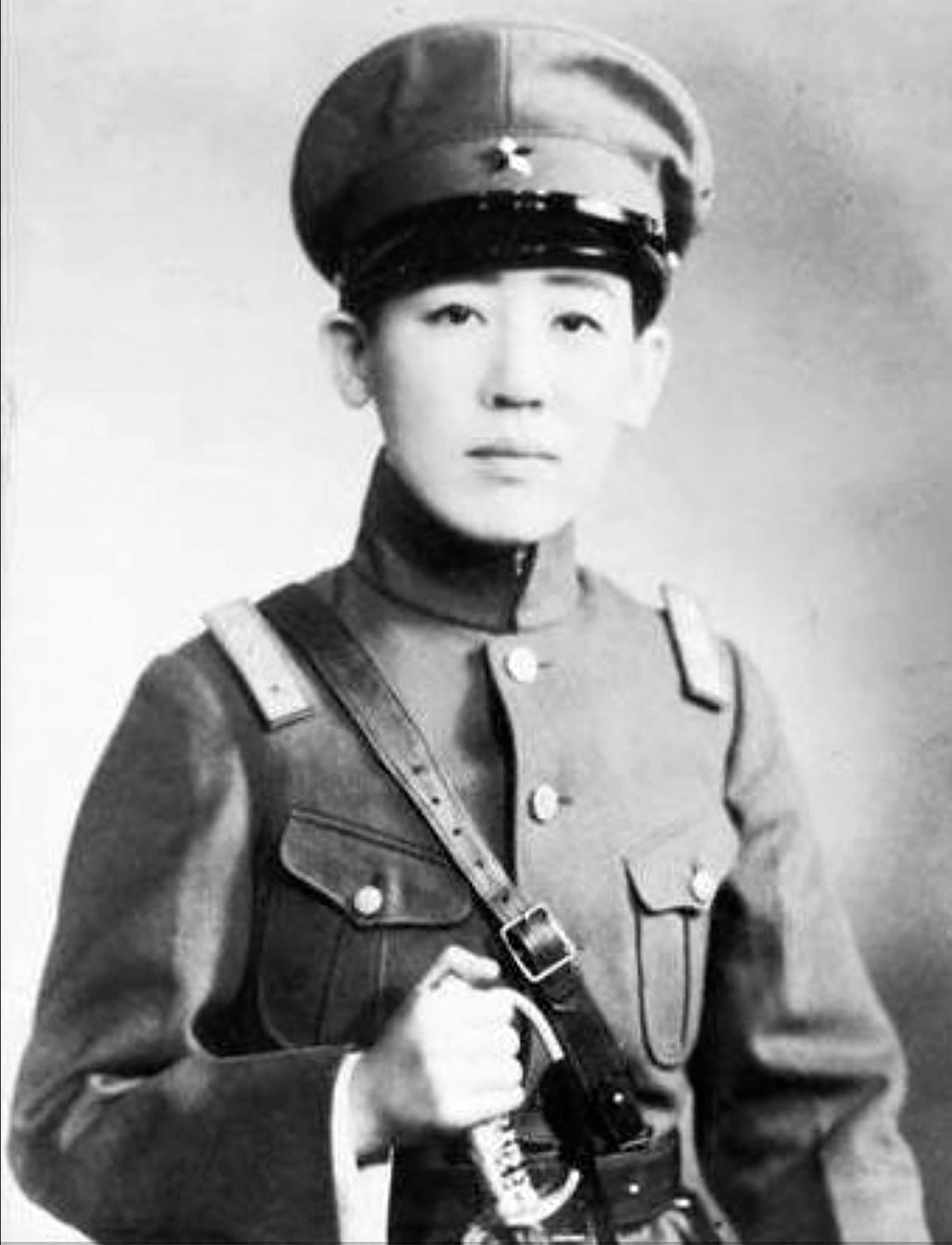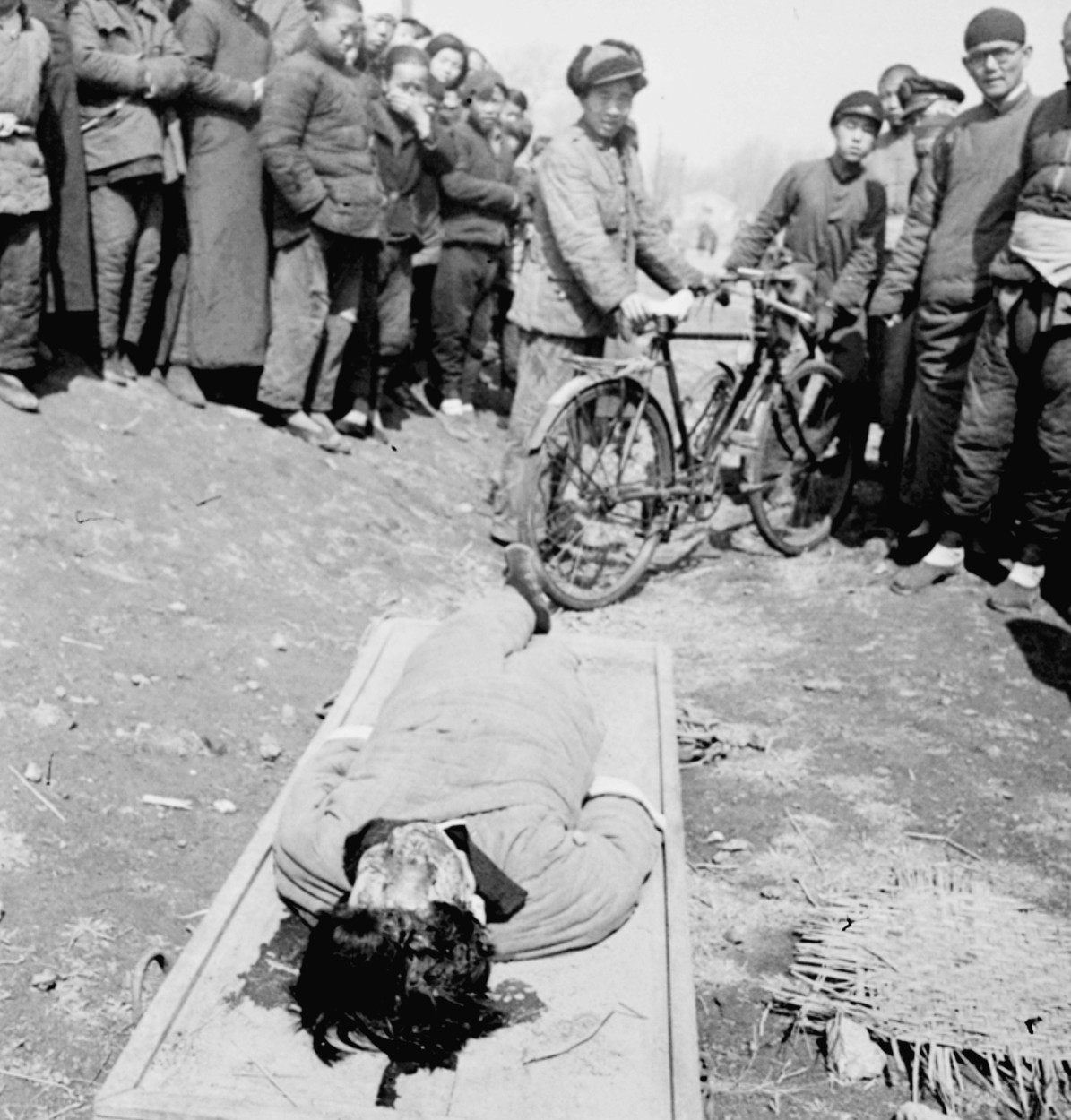
Although the importance of women’s involvement in espionage has been mentioned since the writings of Sun Tzu, until the first half of the 20th century their role in this field was marginal at best.
Only in the last century, the social, perceptive and status changes of women allowed them to remain unnoticed and mask their presence among men to carry out informational and operational activities.
Thus, famous spies operate during this period: Nancy Wake, Josephine Baker, Virginia Hall, Maria Vera Rosenberg-Atkins and, not least, Yoshiko Kawashima, the one whose strange life story has inspired books and films. gave rise to disputes and passions.
Born a Chinese princess, but raised by Japanese…
Yoshiko Kawashima was born in 1907 as Aisin Hyoro Xianyu, the fourteenth daughter of Prince Shanzi (Su), who was part of the Chinese Qing imperial family of Manchu descent. After the Nationalist Revolution of 1912, in which the Qing dynasty was ousted from power, her father gave her up for adoption to his Japanese friend, Naniwa Kawashima.
He changes her name to Yoshiko Kawashima and takes her to Tokyo, where the little 8-year-old will study according to Japanese traditions. There are some reports that Yoshiko was abused by her adoptive father as a teenager, but this cannot be verified. If true, it explains a lot about her later life.
One of Yoshiko’s first controversial decisions came in 1925, when she would dress in a traditional kimono and take her last photograph as a woman. Immediately after that, she will get a haircut, making herself a man’s hairstyle.
Later, she will declare that she “ceased to be a woman forever.” This event caused a sensation in the extremely conservative Japanese society of the time, and it was widely reported in the press.

Photo: Pictorial Press Ltd / Alamy / Alamy / Profimedia
In an interview on the subject, Yoshiko said, “I was born with what doctors call a third gender bias, so I can’t achieve the goals of a normal woman in life… Since I was a child, I’ve been dying to do things that boys do. My impossible dream is to work hard as a man for China, for Asia.”
In 1927, her adoptive family pushed her into an arranged marriage with the son of a general in Inner Mongolia. The marriage will last only three years, after which Yoshiko goes to Japan, where for several years she leads a bohemian life, participating in luxurious parties with influential people from the elite of Japanese society. It was said that during this period she had many lovers of both sexes.
She will go to Shanghai, where she will meet the Japanese military attache Tanaka Ryukichi, who will introduce her to the world of espionage.
In 1932, she participated with him in the Shanghai Incident, essentially an attempt by Japan to provoke an armed response from China, which would have served as a pretext for a declaration of war. Also during this period, he will perform espionage tasks for the Japanese in Manchuria.
Approaching the role of Pui and Yoshiko Kawashima in Manchukuo
Puyi, the last emperor of China, was close to Yoshiko Kawashima, considering her part of the family, the two having the same ancestry, the Qing.
Under Japanese tutelage, he would rule a puppet state in Manchuria called Manchukuo starting in 1932. In fact, the real power was held by the Japanese, who aimed to exploit the rich region of Manchuria.
There is information that it was Kawashima who convinced Pui to accept the role of puppet ruler in the newly created state. However, in a limited setting, she seems to criticize him for his docile attitude towards the Japanese.
She becomes the mistress of Japanese General Tada, Pui’s chief military advisor, after he becomes Emperor of Manchukuo.
During this period, her image begins to be exploited by Japanese propaganda, which calls her the “Joan of Arc” of Asia. The image of the national heroine created by Japanese newspapers must be directly related to the Japanese attempt to legitimize an artificial state such as Manchukuo.
In this way they tried to disguise the fact that it was they who held the real power in Manchuria, and the military occupation was aimed only at plundering the region’s raw materials, which Japan so badly needed.
Kawashima organizes a militia that will be aimed at fighting anti-Japanese elements and has several thousand people. Recruits them mainly from among people in conflict with the law, for whom joining this armed force was perceived as the beginning of a new life.
A year later, Kawashima offers his men to the Japanese army to participate in Operation Nekka (the Japanese army’s attempt to end the military presence of Chiang Kai-shek’s forces in northern China), but the army refuses, not trusting his men. At the same time, during this period, she has several broadcasts on Japanese radio stations, even airing her songs.
The use of her image as an emblem of Manchu nationalism later became impossible as she began to take an increasingly strident stance against the absolute subjugation of Manchukuo to the Japanese.
She also publicly protested the atrocities committed by the Japanese military during the Second Sino-Japanese War, which began in 1937. However, she is also known to have carried out various covert espionage missions during this period using her androgynous appearance.

Execution of Princess Yoshiko Kawashima (Photo: AP / AP / Profimedia)
The end of the spy career, the execution and the legacy of Yoshiko Kawashima
After the end of the Second World War, the state of Manchukuo was abolished. In November 1945, newspapers reported that Yoshiko Kawashima was arrested by the Chinese secret police in Beijing. There is a trial that lasts two years, until 1947. She is accused of espionage and treason, sentenced to death.
The chosen method is shooting, which is carried out with a bullet to the back of the head. Later, her body will be cremated and the ashes will be transported to Japan by a Buddhist monk and given to her adoptive family.
In the Chinese collective memory, her Chinese name remains synonymous with the phrase “female spy”. In addition, in the Chinese language, her name is always accompanied by the expression “Hanjian”, which translates as a traitor to the Han ethnicity, mainly the Chinese people.
Yoshiko Kawashima led a tumultuous life with always controversial actions, constantly changing her allegiance between China and Japan. Admired by some and scorned by others, she continues to present a case study at the intersection of gender, sexuality, celebrity and national identity, having been a cinematic and literary subject since the 1930s.
Literature:
– Birnbaum, Phyllis – Manchurian Princess, Japanese Spy: The Story of Yoshiko Kawashima, a disguised spy who commands her own army
– James Deacon – History of the Japanese Secret Service
– Young, Louise – Japan’s Total Empire: Manchuria and the Culture of Wartime Imperialism
– Jowett, Philip – Rays of the Rising Sun: Japan’s Asian Allies 1931–1945.
Read other articles on this topic written by Andrii Stan:
- Black Tulip is the ace with the most downed planes in history
- The Malvinas War: From the Historical and Political Context to the “Hand of God”
- The most successful tank driver of the Second World War. The legend of Kurt Knispel
- The story of one disaster: Romanian tanks on the Eastern Front / Marshal is a Romanian project stolen by the Soviets
- The Battle of Siganka is one of the loudest victories of the Romanian army and an ignored lesson that could have prevented disaster at Don’s elbow
- VIDEO Who was Ion Toba-Hatmanu, a hunter of Bolshevik partisans”,
- Will Bakhmut survive the siege? History of the “pockets” of Demyansk and Cherkasy – Korsun
- Witold Pilecki, a Polish hero whose memory the Russians want to erase
- The real story of the hit TV series “Valley of Sorrows” / A war in which Israel could be wiped off the world map
- Why are Russians afraid of Leopard-2 tanks? / The T-90 tank or where Russia went wrong
- “Uranus”, a very successful operation of the Russians near Stalingrad / Try the Kremlinthe same strategy for Kyiv?
- Why the Battle of Bakhmut is remarkably similar to the Battle of Verdun
- Operation “Maritsa” or the real reason why the Germans did not occupy Moscow
- “White shirt attack”, one of the most glorious and crazy Romanian military actions
- The military campaign of the Russians, which was a resounding success. The history of the counteroffensive, which was the basis of the German blitzkrieg
- The battle in which the Russian general sent 11 thousand Romanian soldiers to their deaths
- “Not a step back”: the famous Stalin’s order 227 and blockade special forces
- Battle of Wizna or “Polish Thermopylae”
- The story of Andriy Vlasov, Stalin’s successful general who defected to the Germans: Traitor or anti-communist?
- Who was Stepan Bandera: a hero for Ukraine, a terrorist for Russia/ Putin mentioned in his speech on Victory Day
- Lend-Lease or how the USA helped Russia not to disappear
- The Ukrainian genocide that Russia would like to forget
- Russia’s behavior then and now: from Katyn to Buchi, or how Russian propaganda tries to change history
- The Battle of Turtukaia is one of the most shameful defeats in the history of the Romanian army
- The history of two Chechen wars: Russia “wanted” and then “quick and clean” intervention
- Why the blitzkrieg of the Russians in Ukraine failed
Source: Hot News
Ashley Bailey is a talented author and journalist known for her writing on trending topics. Currently working at 247 news reel, she brings readers fresh perspectives on current issues. With her well-researched and thought-provoking articles, she captures the zeitgeist and stays ahead of the latest trends. Ashley’s writing is a must-read for anyone interested in staying up-to-date with the latest developments.